Which Hydrangeas Should Not Be Cut Back: A Guide
When it comes to pruning hydrangeas, timing and technique are everything. While pruning can help control the size and shape of the plant, it can also significantly impact the number of blooms it produces. Generally, it’s best to avoid pruning hydrangeas that bloom on old wood, as this can significantly reduce the plant’s number of flowers.
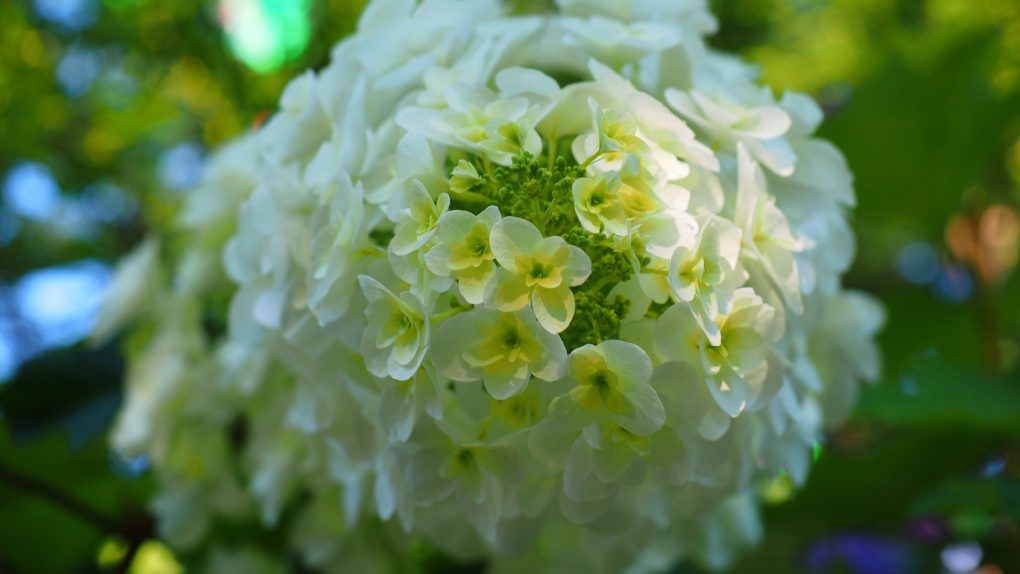
Old wood hydrangeas, or “reblooming” hydrangeas, produce flowers on the previous year’s growth. If you prune them in the fall or winter, you risk cutting off the buds that will produce flowers in the spring and summer. If you must prune an old wood hydrangea, it’s best to do so immediately after it blooming, giving it plenty of time to develop new buds before the next growing season.
Some of the most popular old wood hydrangeas include the bigleaf hydrangea (Hydrangea macrophylla), the oakleaf hydrangea (Hydrangea quercifolia), and the climbing hydrangea (Hydrangea anomala petiolaris). While these plants can be pruned to control their size and shape, it’s best to avoid cutting them back too severely or pruning them at the wrong time, as this can significantly reduce the number of flowers they produce.
Table of Contents
Hydrangea Macrophylla
Hydrangea Macrophylla, also known as Bigleaf Hydrangea, is a popular hydrangea known for its large, showy blooms. These hydrangeas should not be cut back in the fall or winter, as they bloom on old wood. Cutting them back too early can result in losing blooms for the following season.
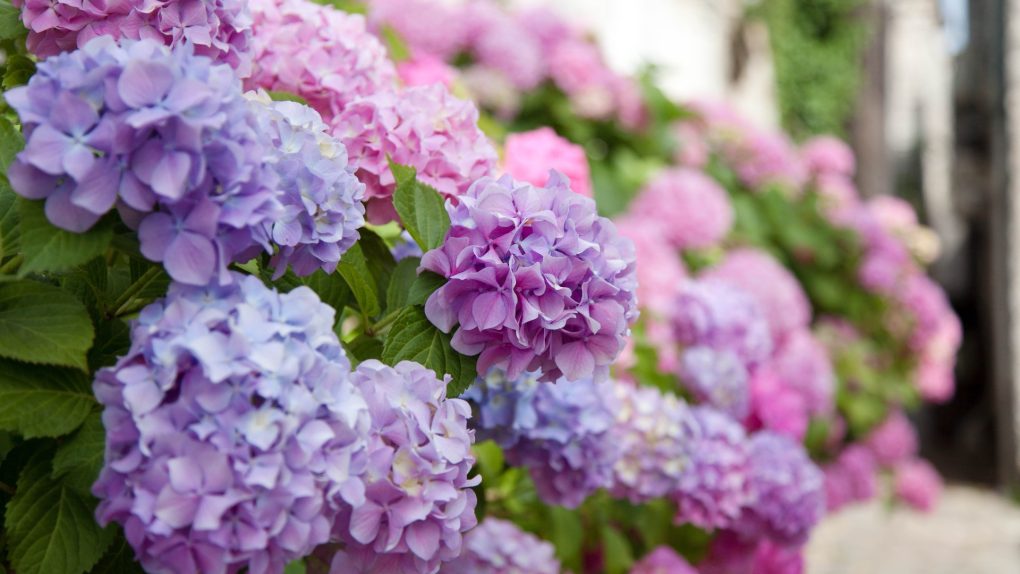
Instead, pruning should be done in the summer, after the plant has bloomed. At this time, dead or damaged wood can be removed, as well as any crossing branches or stems rubbing against each other. This will help improve air circulation and sunlight penetration, leading to healthier growth and more blooms in the future.
It is important to note that not all hydrangea macrophylla varieties are created equal. Some varieties, such as the Endless Summer series, bloom on old and new wood. This means that they can be pruned more heavily without sacrificing blooms. However, avoiding cutting them back in the fall or winter is still important, as this can damage the plant and reduce its overall health.
Hydrangea Quercifolia
Hydrangea Quercifolia, commonly known as oakleaf hydrangea, is a deciduous shrub native to the southeastern United States. It is a slow-growing plant that can reach up to 8 feet tall and wide. This hydrangea is known for its large, lobed leaves that resemble those of an oak tree, and its cone-shaped flower clusters that bloom in early summer.
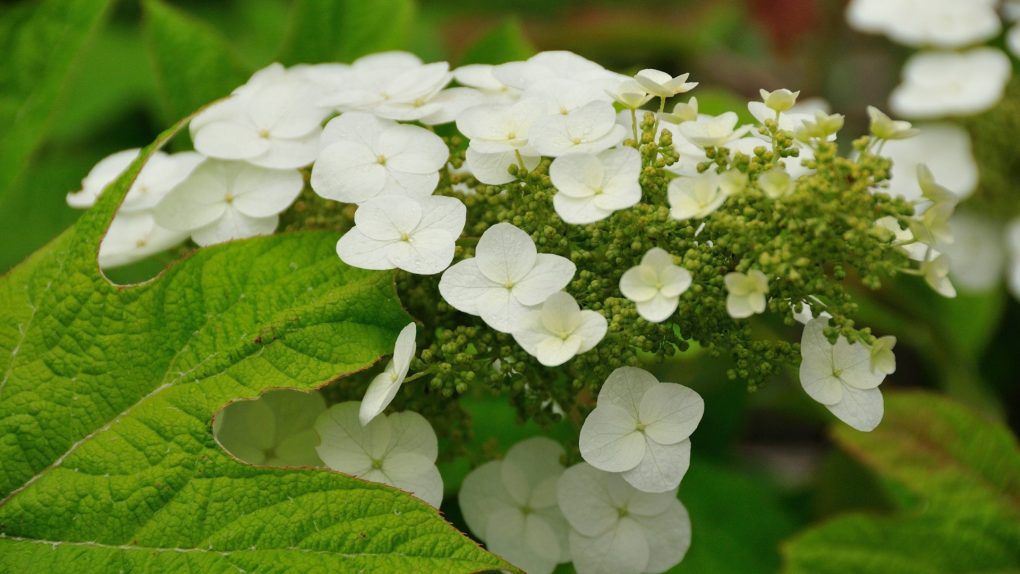
Unlike other hydrangea species, Hydrangea Quercifolia should not be heavily pruned. This type of hydrangea blooms on old wood, meaning the flower buds form on the previous year’s growth. Pruning in late summer, fall, or winter can remove these buds and prevent the plant from blooming the following year.
If pruning is necessary, it should be done before new growth appears in early spring. Dead or damaged branches can be removed, and the plant can be shaped by selectively cutting back some of the oldest stems to the ground. However, avoiding cutting back more than one-third of the plant’s total growth is important.
Hydrangea Quercifolia is a low-maintenance plant that does not require heavy pruning. This shrub can provide beautiful foliage and flowers for many years with proper care and minimal pruning.
Hydrangea Paniculata
Hydrangea Paniculata, also known as panicle hydrangeas, are one of the few hydrangeas that can handle heavy pruning without affecting their blooming. They can be pruned in early spring and still bloom that year. However, if you pruned very late in spring, it can remove the developing buds. This more typically results in a delay of bloom rather than eliminating it. Still, no flowers that year are possible depending on how late it was pruned and the growing season.
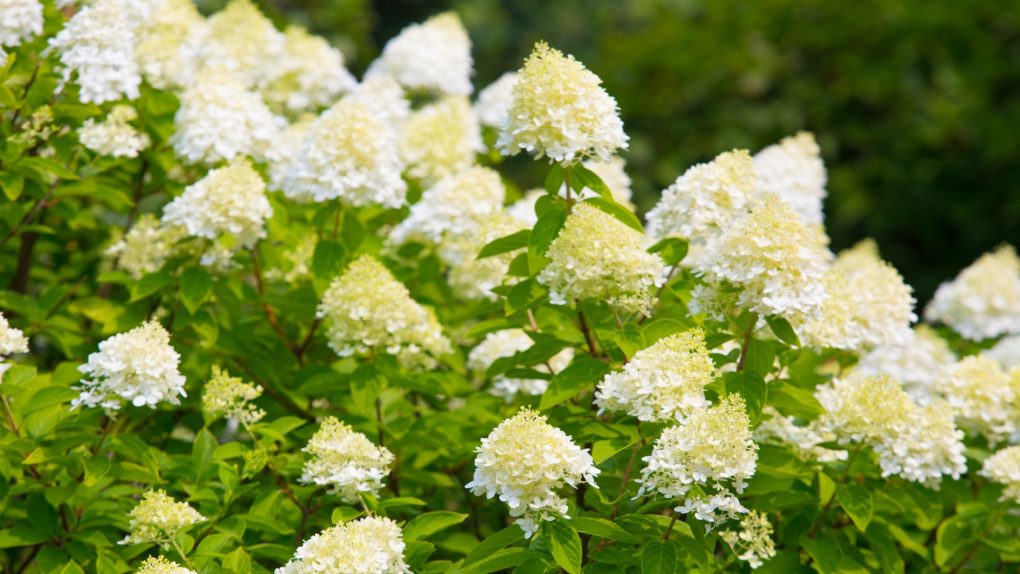
Panicle hydrangeas bloom on new wood, meaning they can be pruned in late winter or early spring before they grow new foliage. These hydrangeas can be pruned back to the ground and still produce flowers that same year. They can be pruned into a tree form and will still produce flowers.
Hydrangea Paniculata is a versatile plant that can grow in various soil types and light conditions. They prefer well-drained soil and full sun to part shade. They are also drought tolerant and can handle a variety of weather conditions. These hydrangeas are known for their large, cone-shaped flower clusters that start white and turn pink as they age.
Hydrangea Arborescens
Hydrangea arborescens, also known as smooth hydrangea, is a popular species native to North America. This hydrangea species blooms on new wood, which means it can be pruned back hard in early spring without affecting its blooming cycle.
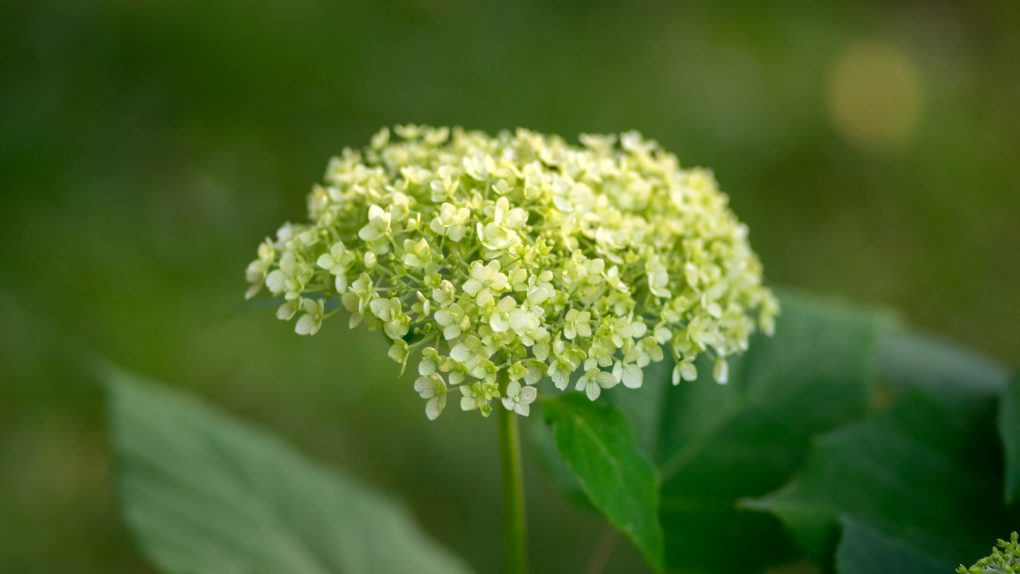
Unlike other hydrangea species, pruning hydrangea arborescens in fall or winter won’t damage its blooming potential since it blooms on new wood. This makes it an easy-to-maintain hydrangea species that can be pruned annually to keep it healthy and promote more prolific flowering.
When pruning hydrangea arborescens, cutting it back hard in early spring to promote new growth and a fuller shape is recommended. Dead wood should also be removed in spring to keep the plant healthy and prevent any disease from spreading.
Overall, hydrangea arborescens is a low-maintenance hydrangea species that is easy to prune and care for. It is a great choice for gardeners who want a beautiful and healthy hydrangea without the hassle of complicated pruning requirements.
